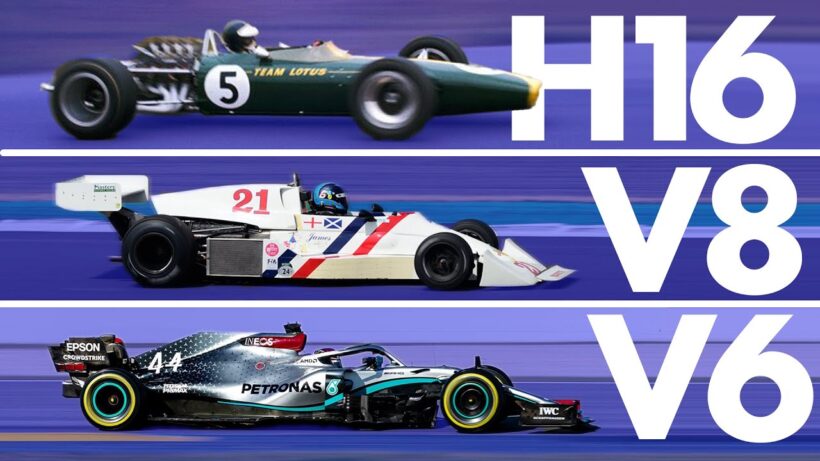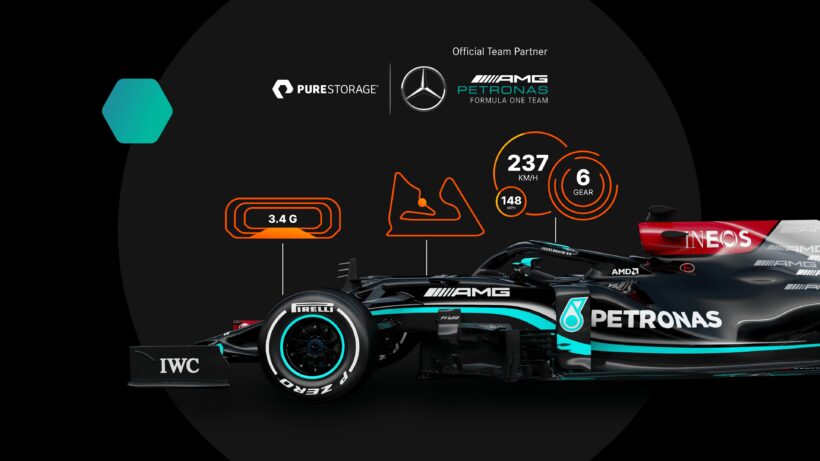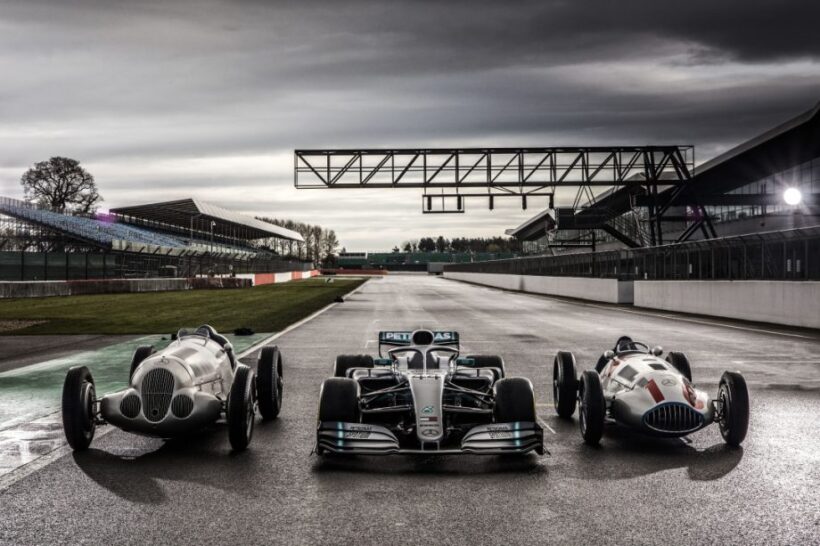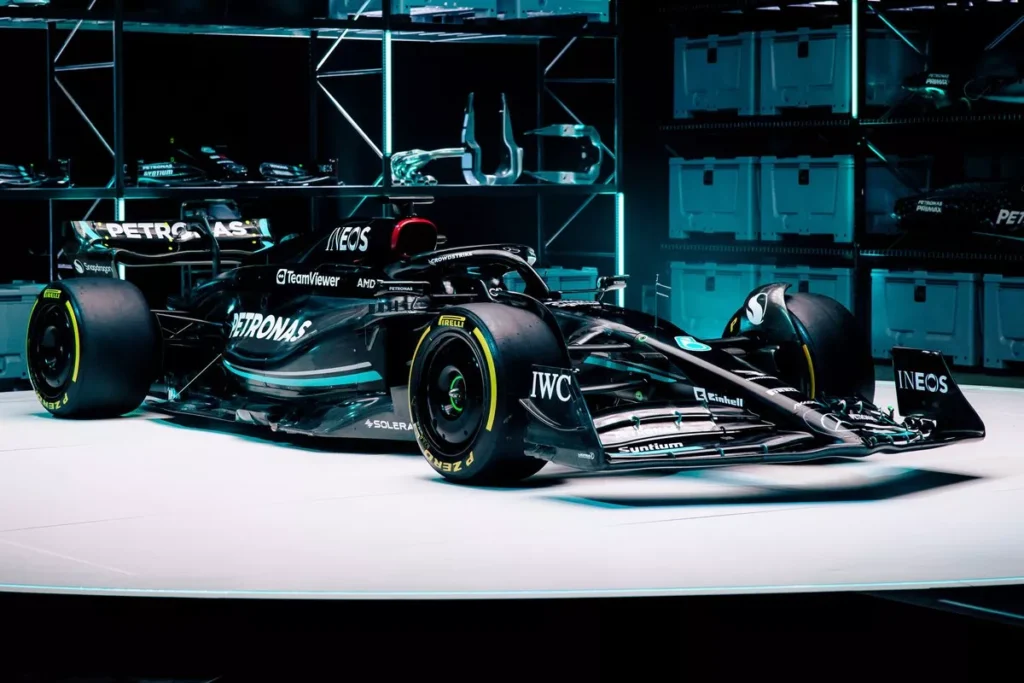Formula One cars are some of the world’s fastest, most technologically advanced racing vehicles. They are purpose-built for speed and agility, designed to be as fast as possible while still being able to handle well on tight racetracks. The cars feature aerodynamic designs which create downforce, allowing them to corner at higher speeds than their competitors. They have hybrid engines that use petrol and electric power for maximum performance and efficiency.
Types of Formula One Cars

Formula One cars are some of the most advanced racing vehicles on the planet. They feature state-of-the-art technology and engineering designed to make them faster and more efficient than any other race car. While all Formula One cars have similar specifications, there are two main types: Open Wheeled and Closed Wheeled.
- Open-wheeled F1 cars feature an open cockpit design with exposed wheels, making them lighter and allowing for better aerodynamic efficiency. These cars also use slick tires, which provide maximum grip on dry racetracks. In addition to their lightweight and excellent aerodynamics, these cars also benefit from having a wide variety of engine configurations available to choose from, including naturally aspirated engines or turbocharged engines.
- Closed Wheeled F1 cars, on the other hand, feature a more enclosed design with partially covered wheels. These cars are typically heavier and less aerodynamically efficient than open-wheeled models, but they also provide more protection to the driver in case of an accident. Closed-wheeled F1 cars typically use grooved tires, which offer more grip on wet racetracks.
No matter what type of Formula One car you choose, each vehicle can reach up to 360 km/h (215 mph) speeds. With their advanced technology and engineering, these cars are designed to give drivers an edge regarding performance and safety on the track. Both types have earned their place as some of the world’s most advanced racing cars. Choosing an open-wheeled or closed-wheeled Formula One car ultimately depends on personal preference and racing style. Open-wheeled F1 cars are faster and provide more aerodynamic efficiency, while closed-wheeled models offer increased safety and stability on wet tracks. Whichever type you choose, you can be sure you’ll get one of the fastest and most advanced race vehicles.
The Role of Technology in Formula One Racing

Formula One racing has been revolutionised by technology. In the modern era, teams must employ sophisticated technology and strategies to gain an edge over their competitors. Technology allows drivers to monitor their performance and adjust quickly, allowing them to race faster and more efficiently. Computers, sensors, data analysis tools, telemetry systems, advanced aerodynamics and propulsion systems are among the many technological solutions used in Formula One racing today.
The use of electronic driver aids such as traction control have helped reduce lap times and improve safety on the track. The development of robust computing power has allowed teams to process large amounts of data quickly and accurately during races. This helps them determine appropriate fuel levels for each lap and adjust gear ratios for maximum speed.
Radio communication between teams and drivers has also been made easier thanks to technology, allowing engineers to communicate any necessary changes or instructions in real-time during a race. In addition, Formula One racing teams have begun using virtual reality simulations to prepare their drivers and cars for upcoming races. This allows them to practice different strategies while familiarising themselves with the track before they compete.
Technology has immensely impacted Formula One racing, helping teams gain a competitive advantage over their opponents and ultimately leading to greater performance and success. It is likely that technology will continue to shape the future of F1 racing as teams strive for even better results.
The History of Formula One Racing

Formula One racing began in the early 1950s when the first official world championship event was held at Silverstone in England. Formula One became increasingly popular and competitive in the following decades, with teams worldwide competing for titles. By the mid-1980s, it had become one of the most-watched sports in the world.
In recent years, Formula One has also seen some significant changes. In 2021, new regulations were introduced to help level the competition and make it easier for smaller teams to compete against bigger ones. Introducing technology such as hybrid powertrains and advanced assistance systems has allowed drivers to push their cars further than ever before. Meanwhile, aerodynamics and tire technology advances have helped make cars faster and more efficient.
The rapid development of Formula One has made it an exciting sport to watch, with thrilling races taking place worldwide every year. The competition is tough, and teams often battle it until the last lap, making for some truly memorable moments in motorsport history. With new advances being made constantly, there’s no telling what will happen next in this fast-paced and ever-evolving sport!
The Most Iconic Formula One Cars in History
BT52 beauty.
At the 80th Goodwood Members’ Meeting, Professor Gordon Murray CBE had the opportunity to talk about one of his most famous F1 cars – the 1983 World Championship-winning Brabham BT52.#gordonmurrayautomotive #gordonmurray #gma #T33Spider pic.twitter.com/NBPSOGFO83
— Gordon Murray Automotive (@PlanetGMA) April 16, 2024
The McLaren F1 is considered to be one of the most excellent Formula One cars ever produced and is still revered today for its incredible performance and design. The car was designed by legendary engineer Gordon Murray and featured a revolutionary three-seat layout with the driver seated in the middle. The car won multiple championships and set numerous speed records, including being the first production car to reach 200 mph.
The Ferrari team has also been responsible for producing some of the most iconic Formula One cars for qualifying rounds in F1 in history, ranging from their championship-winning 312T series of cars to their more recent Scuderia Ferrari racers. During Michael Schumacher’s time at Ferrari, he drove various versions of the F2004, which dominated during the 2004 season and featured a revolutionary aerodynamic package.
The Williams FW14B was one of the most technically advanced cars ever to grace the track and played a significant role in helping Nigel Mansell win his World Championship in 1992. The car featured active suspension that adjusted itself according to changing track conditions and special computer-controlled systems known as “driver aids,” which helped give the drivers an advantage over their rivals.
Lastly, no list of iconic Formula One cars would be complete without mentioning the Lotus 79 – commonly called “the wing car” due to its unique aerodynamic design. This groundbreaking machine is considered one of the finest open-wheel race cars ever created and was driven by Mario Andretti to the 1978 World Championship. It featured a revolutionary ground-effect system that provided unprecedented levels of grip and downforce, enabling it to dominate the competition. These are just some examples of the many iconic Formula One cars produced since the sport’s inception. Each car has left its mark on history and pushed the boundaries of technological innovation in motorsport.
Conclusion
Formula One cars are the world’s fastest and most advanced vehicles. They are specifically engineered to compete in Formula One racing, providing racers unprecedented speed and performance. With their cutting-edge design and technology, these machines epitomize the pinnacle of motorsport engineering. From aerodynamics to engines and chassis construction, Formula One cars take innovation and competition to a new level. Whether you’re a fan or racer, there’s no denying that these incredible machines have changed the face of auto racing forever. These days, Formula One remains one of the most exciting sports in the world — not just for its intense races but also for its state-of-the-art machinery. As technologies evolve, Formula One cars will keep pushing the boundaries of speed and performance. For now, though, these machines will remain at the top of their game for many years.

